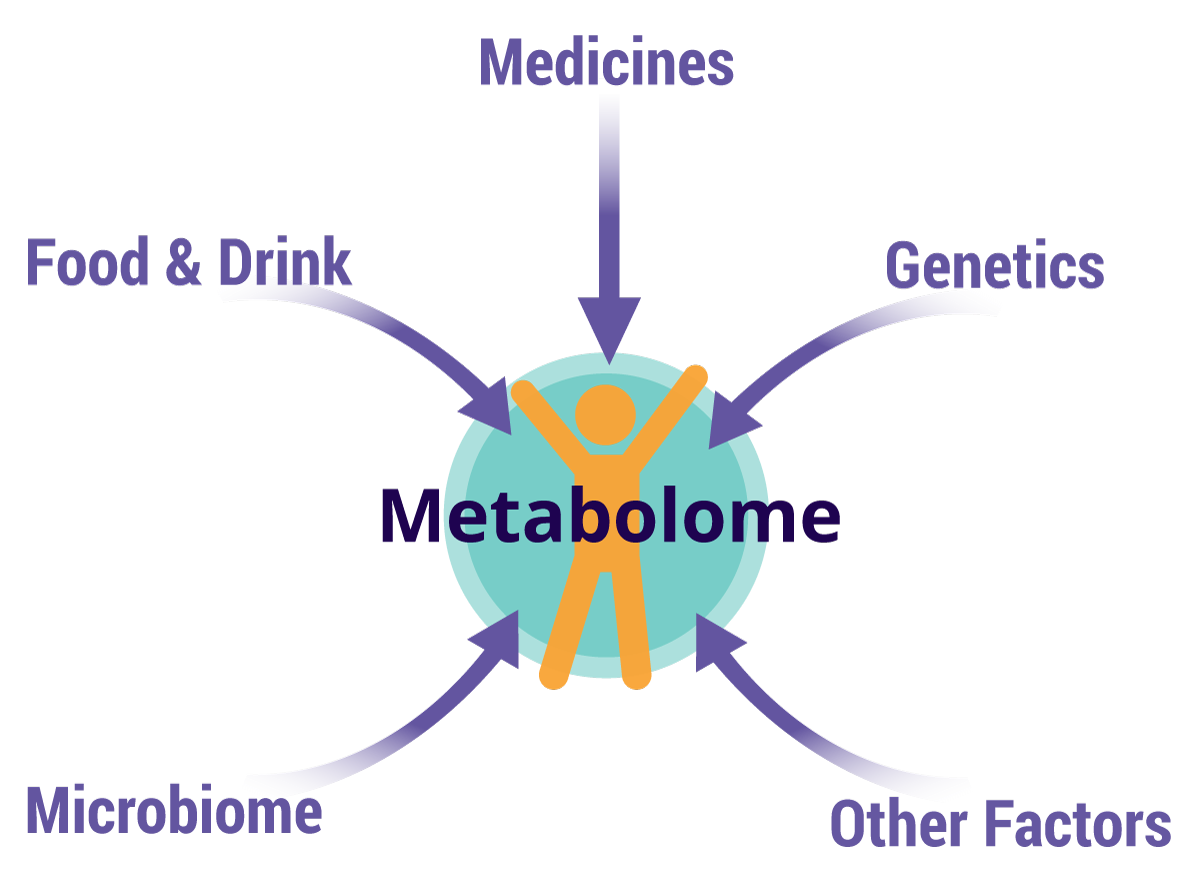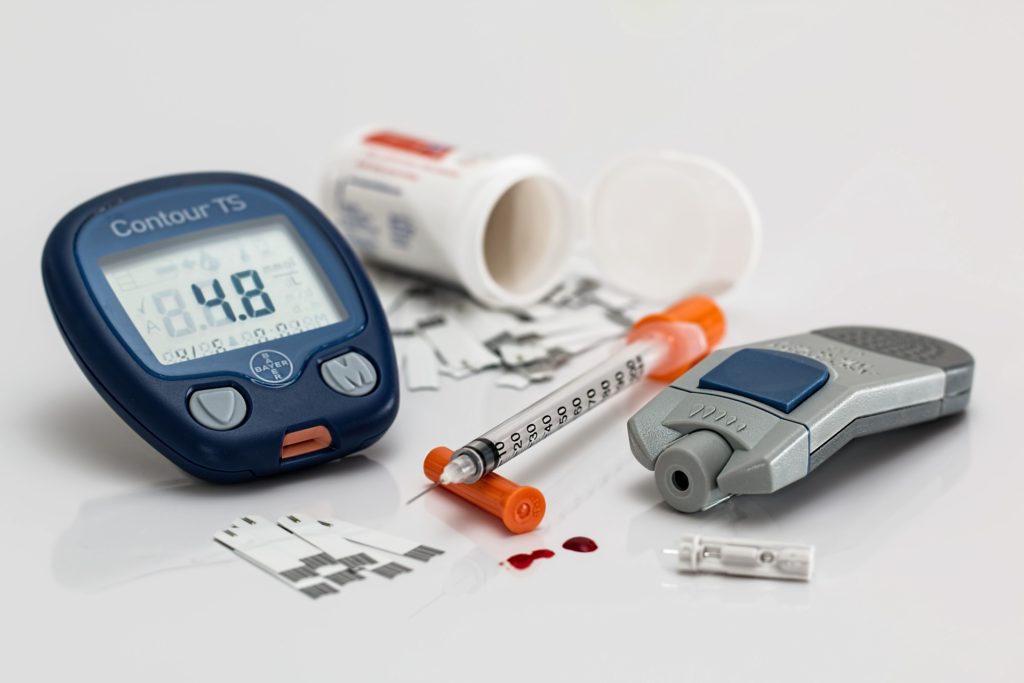 Autism spectrum disorder (ASD) is complex. The presence and severity of symptoms vary widely from one person with ASD to the next. It is typically diagnosed by a behavioral psychologist based on broad range of behavioral symptoms, including communication problems, difficulty with social interactions, and repetitive behaviors.
Autism spectrum disorder (ASD) is complex. The presence and severity of symptoms vary widely from one person with ASD to the next. It is typically diagnosed by a behavioral psychologist based on broad range of behavioral symptoms, including communication problems, difficulty with social interactions, and repetitive behaviors.
Given ASD’s complexity, it’s not surprising that no single cause for ASD has been identified. Current research indicates that genetic, biological, and environmental factors may all play a role in causing ASD. Even when autism spectrum disorder appears to be caused by genetics (for example, a child has a parent with ASD), there may be several genes or other environmental factors involved. The complex interactions of specific genes and factors involved are not fully understood.
NeuroPointDX uses metabolomics to identify a subset of children who are likely to receive an ASD diagnosis based on their metabolic signature as young as 18 months old. Through our extensive clinical study, the Children’s Autism Metabolome Project (CAMP), we identified several metabolic signatures that occur in about 63% of children with ASD. These metabolic signatures show certain amines or metabolites are out of balance with one another. By measuring the levels of certain amines and metabolites, and comparing them to each other, we can provide an objective, biological indication of ASD.




